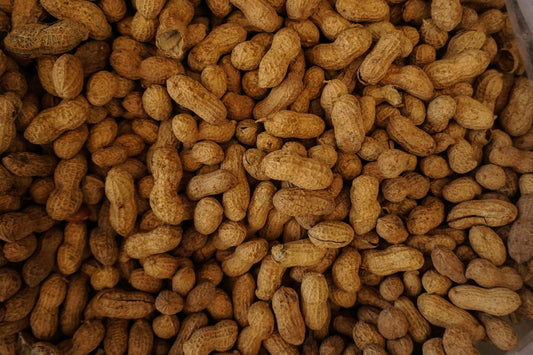What constitutes a meal is traditionally presumed to be primarily carbohydrates (a grain like pasta, rice, or bread), a large portion of protein (animal-sourced meat or plant-based tofu, tempeh or beans) alongside a serving of vegetables. Most of our current assumptions about what our plates should look like came from the food pyramid our government created many, many years ago. While these guidelines are constantly scrutinized for efficacy and potential bias, designing our meals to be well-rounded in macronutrients might not be the best solution for every person.
Food combining is a way of eating designed to support the digestive system. It involves spacing out the intake of starches (carbohydrates) from proteins, and always eating fruit by itself. The idea originated from the ayurvedic texts written by doctors in India around 2000 years ago, and the basic theory is that for best digestion and utilization of food, we need to observe certain rules around the way we combine foods within a meal.
These rules are based on the speed of digestion and the degree of acidity needed to breakdown each macronutrient (proteins versus carbohydrates). Meat requires an acidic stomach medium, which may be too far from the alkaline environment needed for starchy carbohydrates. Essentially, the stomach can’t be in an optimal state for digestion in terms of acidity when both carbohydrates and proteins are present, meaning digestion will take longer and be less efficient. Vegetables can be eaten with either carbohydrates or proteins, but never both at the same time. The theory also specifies that fruit should always be eaten alone because it digests so much quicker than all other foods, and when combined with proteins or starches, will begin to quickly putrefy and create gas and bloating in the intestinal system. Additionally, water should be plentiful but outside
While food combining protocol is not appropriate for everyone, it might benefit you if you have digestive issues like bloating, constipation, diarrhea, inflammation or indigestion. Many of these symptoms result from an underactive stomach (one that doesn’t produce enough hydrochloric acid for the proper digestion of food). By maximizing the stomach acid that’s present and allowing your stomach to mechanically function optimally, food combining can be helpful in restoring peace to the digestive system.
Like most theories in nutrition, food combining is polarizing and does not have the support of all healthcare professionals. Because this protocol is grounded in Ayurvedic wisdom and might well reflect spiritual traditions rather than scientific validity, some critics argue that the body can digest proteins and carbohydrates at the same time without fault.
The moral of the story here is - if your digestion isn’t broken, don’t fix it. If you are experiencing issues with your digestion, then you might very well benefit from combining your foods according to its demands on the acidic/alkaline balance in the stomach. To dig deeper into whether food combining protocol might benefit you, get in touch with our Registered Holistic Nutritionist, Kiara, to book your free consult today!
Fill in the form below to book your FREE 15 minute consult with Holistic Nutritionist Kiara Tchir!







